Data Content via the National Association of Realtors:
WASHINGTON (December 21, 2022) – Existing-home sales declined for the tenth month in a row in November, according to the National Association of REALTORS®. All four major U.S. regions recorded month-over-month and year-over-year declines.
Total existing-home sales,1 https://www.nar.realtor/existing-home-sales – completed transactions that include single-family homes, townhomes, condominiums and co-ops – waned 7.7% from October to a seasonally adjusted annual rate of 4.09 million in November. Year-over-year, sales dwindled by 35.4% (down from 6.33 million in November 2021).
“In essence, the residential real estate market was frozen in November, resembling the sales activity seen during the COVID-19 economic lockdowns in 2020,” said NAR Chief Economist Lawrence Yun. “The principal factor was the rapid increase in mortgage rates, which hurt housing affordability and reduced incentives for homeowners to list their homes. Plus, available housing inventory remains near historic lows.”
Total housing inventory2 registered at the end of November was 1.14 million units, which was down 6.6% from October, but up 2.7% from one year ago (1.11 million). Unsold inventory sits at a 3.3-month supply at the current sales pace, which was identical to October, but up from 2.1 months in November 2021.
The median existing-home price3 for all housing types in November was $370,700, an increase of 3.5% from November 2021 ($358,200), as prices rose in all regions. This marks 129 consecutive months of year-over-year increases, the longest-running streak on record.
Properties typically remained on the market for 24 days in November, up from 21 days in October and 18 days in November 2021. Sixty-one percent of homes sold in November 2022 were on the market for less than a month.
First-time buyers were responsible for 28% of sales in November, which was unchanged from October, but up from 26% in November 2021. NAR’s 2022 Profile of Home Buyers and Sellers – released last month4 – found that the annual share of first-time buyers was 26%, the lowest since NAR began tracking the data.
All-cash sales accounted for 26% of transactions in November – identical to October and up from 24% in November 2021.
Individual investors or second-home buyers, who make up many cash sales, purchased 14% of homes in November, down from 16% in October and 15% in November 2021.
Distressed sales5 – foreclosures and short sales – represented 2% of sales in November, virtually unchanged from last month and one year ago.
According to Freddie Mac, the 30-year fixed-rate mortgage(link is external) averaged 6.31% as of December 15. That’s down from 6.33% last week, but up from 3.12% one year ago.
“The market may be thawing since mortgage rates have fallen for five straight weeks,” Yun added. “The average monthly mortgage payment is now almost $200 less than it was several weeks ago when interest rates reached their peak for this year.”
Realtor.com®’s Market Trends Report(link is external) in November shows that the largest year-over-year median list price growth occurred in Milwaukee (+38.1%), Memphis (+26.9%) and Miami (+24.8%). Phoenix reported the highest increase in the share of homes that had prices reduced compared to last year (+28.4 percentage points), followed by Austin (+23.8 percentage points) and Denver (+21.0 percentage points).
Single-family and Condo/Co-op Sales
Single-family home sales declined to a seasonally adjusted annual rate of 3.65 million in November, down 7.6% from 3.95 million in October and 35.2% from one year ago. The median existing single-family home price was $376,700 in November, up 3.2% from November 2021.
Existing condominium and co-op sales were recorded at a seasonally adjusted annual rate of 440,000 units in November, down 8.3% from October and 37.1% from the previous year. The median existing condo price was $321,600 in November, an annual increase of 5.8%.
“For most of this year, prospective home buyers have faced the dual challenges of elevated mortgage rates and limited housing inventory,” said NAR President Kenny Parcell, a REALTOR® from Spanish Fork, Utah, and broker-owner of Equity Real Estate Utah. “Consumers can rely on REALTORS® to provide informed guidance on changing market conditions and trusted expertise throughout all steps of the home buying process.”
Regional Breakdown
Existing-home sales in the Northeast decreased 7.0% from October to an annual rate of 530,000 in November, down 28.4% from November 2021. The median price in the Northeast was $394,700, an increase of 3.5% from the prior year.
Existing-home sales in the Midwest retreated 5.6% from the previous month to an annual rate of 1.02 million in November, falling 30.6% from one year ago. The median price in the Midwest was $268,600, up 3.9% from November 2021.
In the South, existing-home sales dwindled 7.1% in November from October to an annual rate of 1.84 million, a 35.0% decrease from the previous year. The median price in the South was $340,100, an increase of 4.4% from this time last year.
Existing-home sales in the West fell 12.5% from October to an annual rate of 700,000 in November, down 45.7% from one year ago. The median price in the West was $569,800, a 2.0% increase from November 2021.
“The West region experienced the largest decline in home sales and the smallest increase in home prices compared to the other regions of the country,” Yun said.
The National Association of REALTORS® is America’s largest trade association, representing more than 1.5 million members involved in all aspects of the residential and commercial real estate industries. The term REALTOR® is a registered collective membership mark that identifies a real estate professional who is a member of the National Association of REALTORS® and subscribes to its strict Code of Ethics.
# # #
For local information, please contact the local association of REALTORS® for data from local multiple listing services (MLS). Local MLS data is the most accurate source of sales and price information in specific areas, although there may be differences in reporting methodology.
NOTE: NAR’s Pending Home Sales Index for November is scheduled for release on December 28, and Existing-Home Sales for December will be released on January 20, 2023. Release times are 10 a.m. Eastern.
1 Existing-home sales, which include single-family, townhomes, condominiums and co-ops, are based on transaction closings from Multiple Listing Services. Changes in sales trends outside of MLSs are not captured in the monthly series. NAR benchmarks home sales periodically using other sources to assess overall home sales trends, including sales not reported by MLSs.
Existing-home sales, based on closings, differ from the U.S. Census Bureau’s series on new single-family home sales, which are based on contracts or the acceptance of a deposit. Because of these differences, it is not uncommon for each series to move in different directions in the same month. In addition, existing-home sales, which account for more than 90% of total home sales, are based on a much larger data sample – about 40% of multiple listing service data each month – and typically are not subject to large prior-month revisions.
The annual rate for a particular month represents what the total number of actual sales for a year would be if the relative pace for that month were maintained for 12 consecutive months. Seasonally adjusted annual rates are used in reporting monthly data to factor out seasonal variations in resale activity. For example, home sales volume is normally higher in the summer than in the winter, primarily because of differences in the weather and family buying patterns. However, seasonal factors cannot compensate for abnormal weather patterns.
Single-family data collection began monthly in 1968, while condo data collection began quarterly in 1981; the series were combined in 1999 when monthly collection of condo data began. Prior to this period, single-family homes accounted for more than nine out of 10 purchases. Historic comparisons for total home sales prior to 1999 are based on monthly single-family sales, combined with the corresponding quarterly sales rate for condos.
2 Total inventory and month’s supply data are available back through 1999, while single-family inventory and month’s supply are available back to 1982 (prior to 1999, single-family sales accounted for more than 90% of transactions and condos were measured only on a quarterly basis).
3 The median price is where half sold for more and half sold for less; medians are more typical of market conditions than average prices, which are skewed higher by a relatively small share of upper-end transactions. The only valid comparisons for median prices are with the same period a year earlier due to seasonality in buying patterns. Month-to-month comparisons do not compensate for seasonal changes, especially for the timing of family buying patterns. Changes in the composition of sales can distort median price data. Year-ago median and mean prices sometimes are revised in an automated process if additional data is received.
The national median condo/co-op price often is higher than the median single-family home price because condos are concentrated in higher-cost housing markets. However, in a given area, single-family homes typically sell for more than condos as seen in NAR’s quarterly metro area price reports.
4 Survey results represent owner-occupants and differ from separately reported monthly findings from NAR’s Realtors® Confidence Index, which include all types of buyers. The annual study only represents primary residence purchases, and does not include investor and vacation home buyers. Results include both new and existing homes.
5 Distressed sales (foreclosures and short sales), days on market, first-time buyers, all-cash transactions and investors are from a monthly survey for the NAR’s Realtors® Confidence Index, posted at nar.realtor.





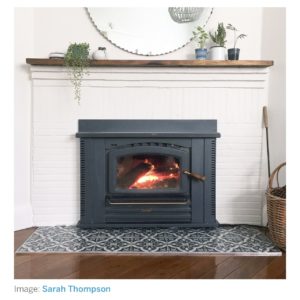




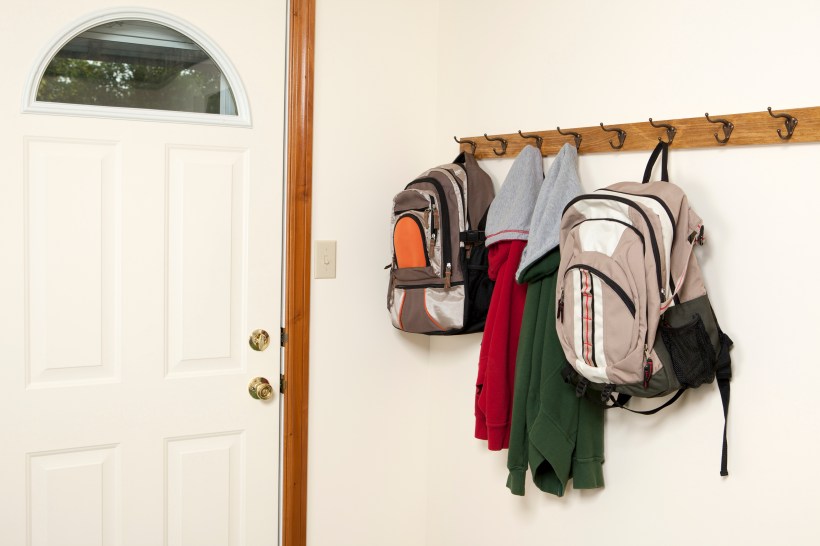



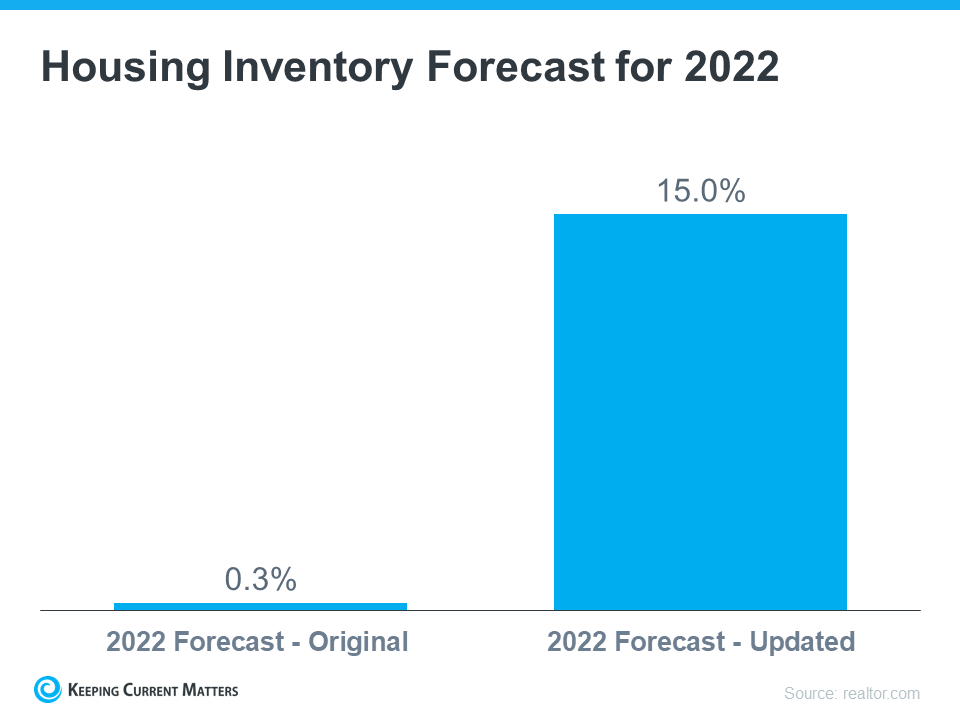
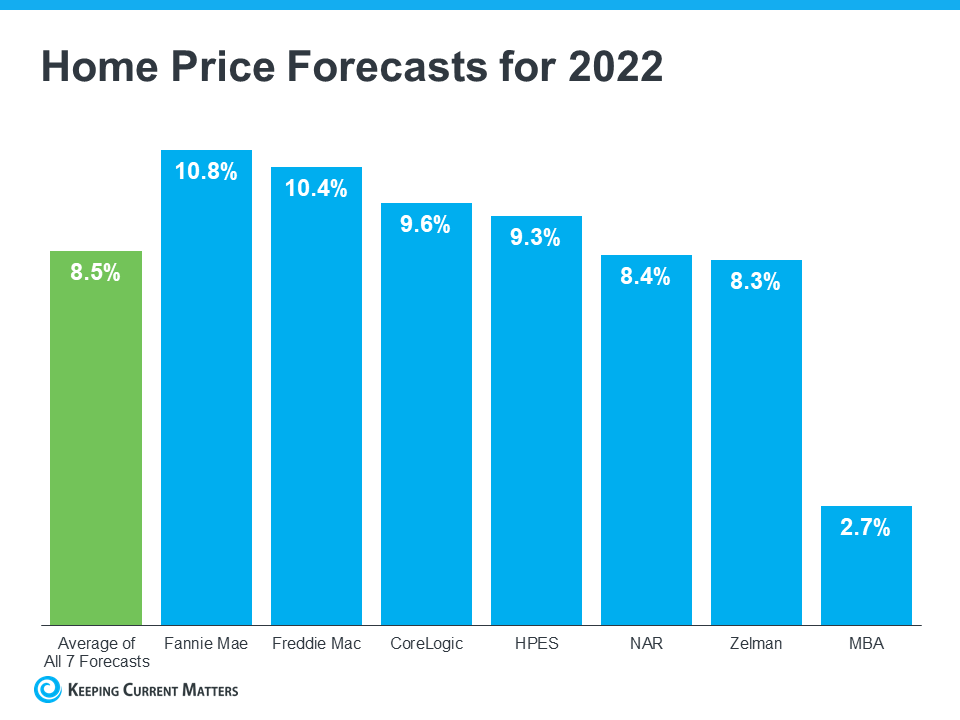
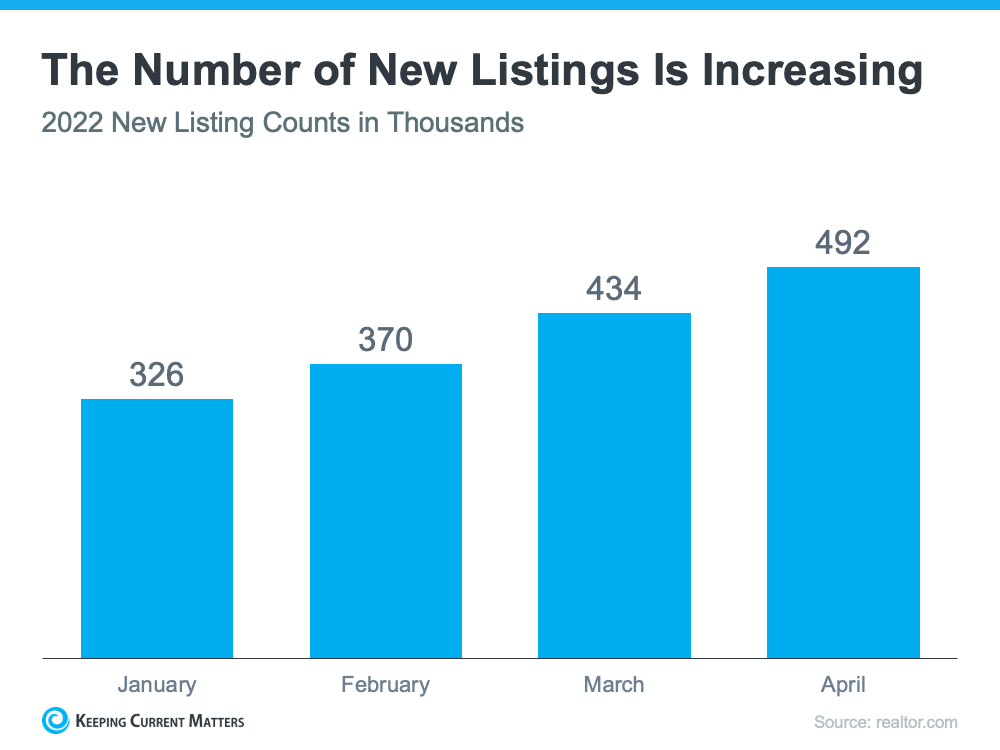
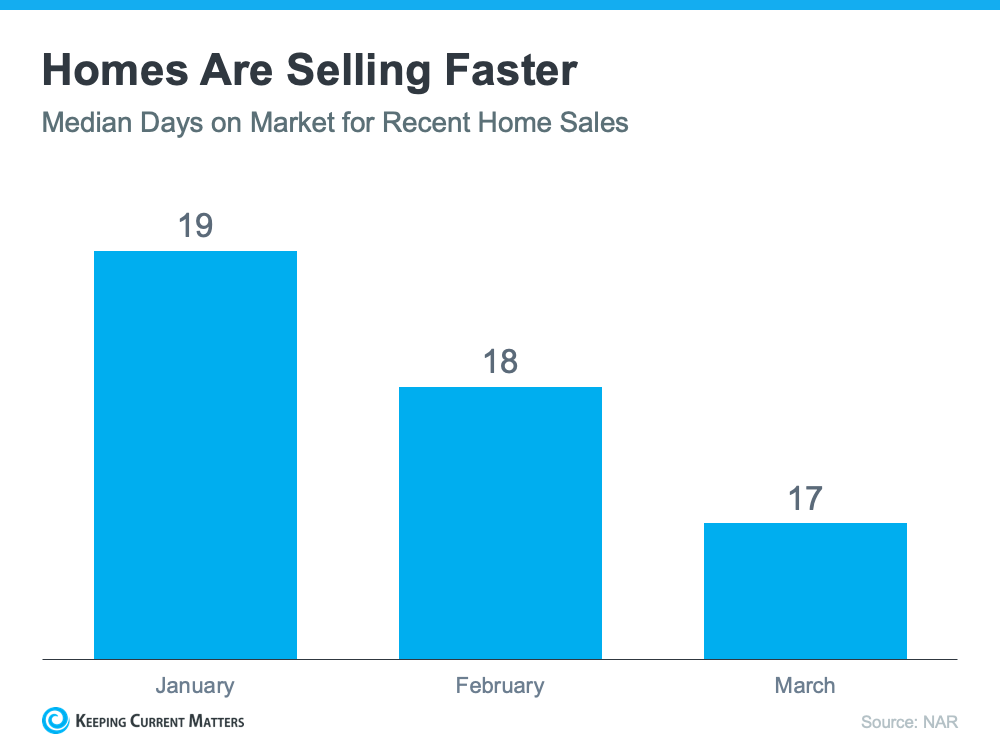







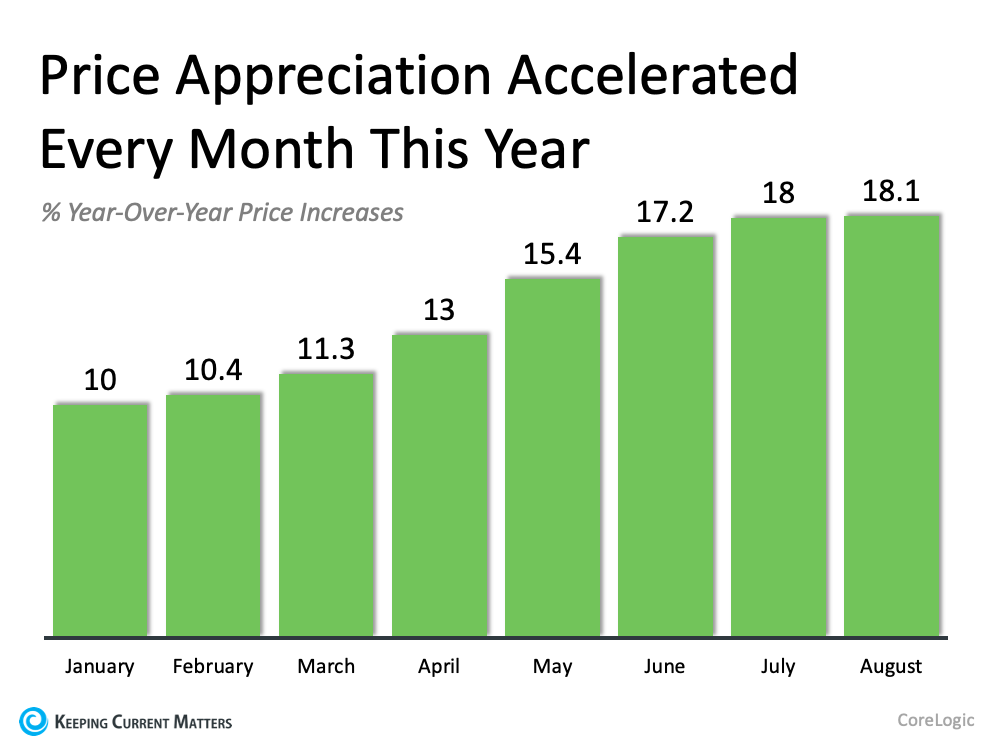

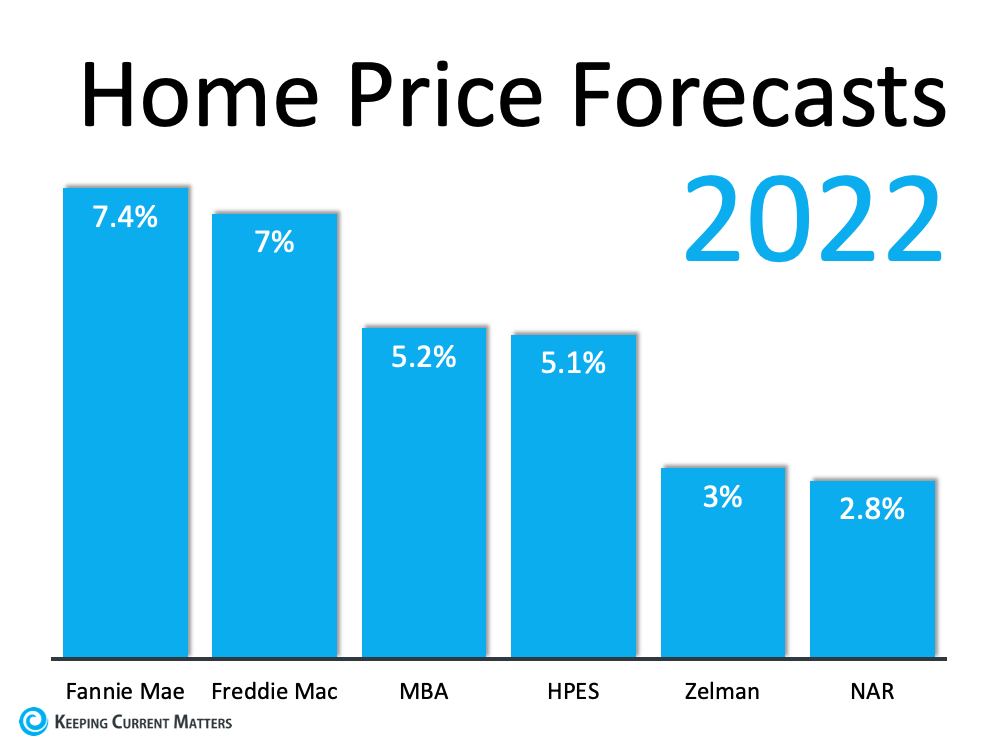
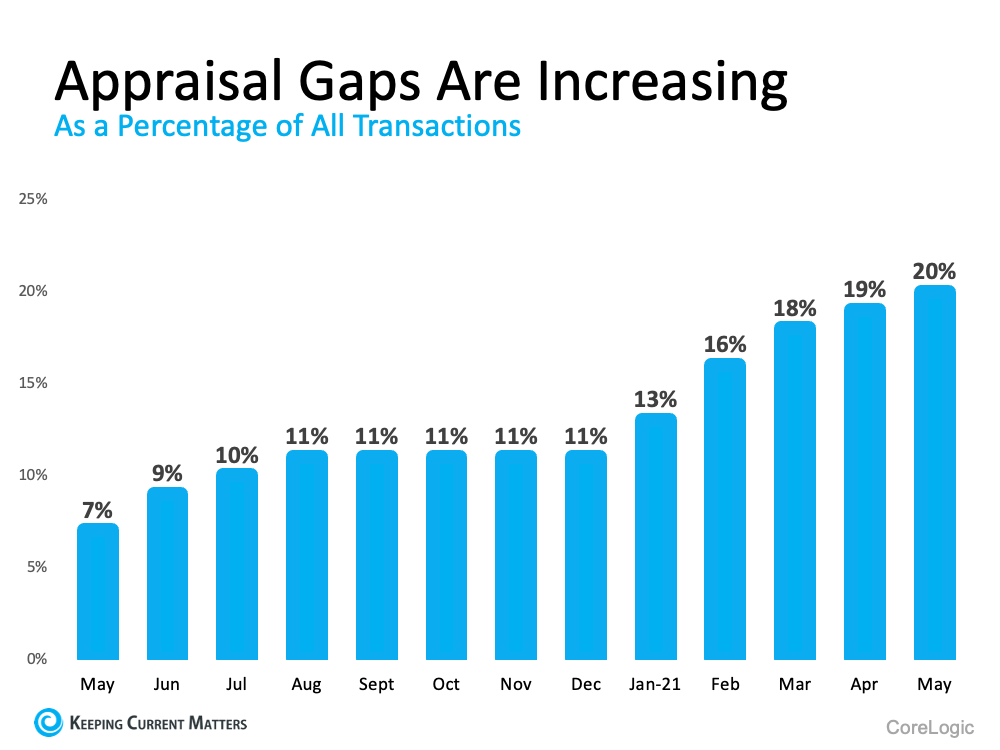
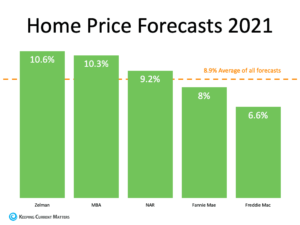
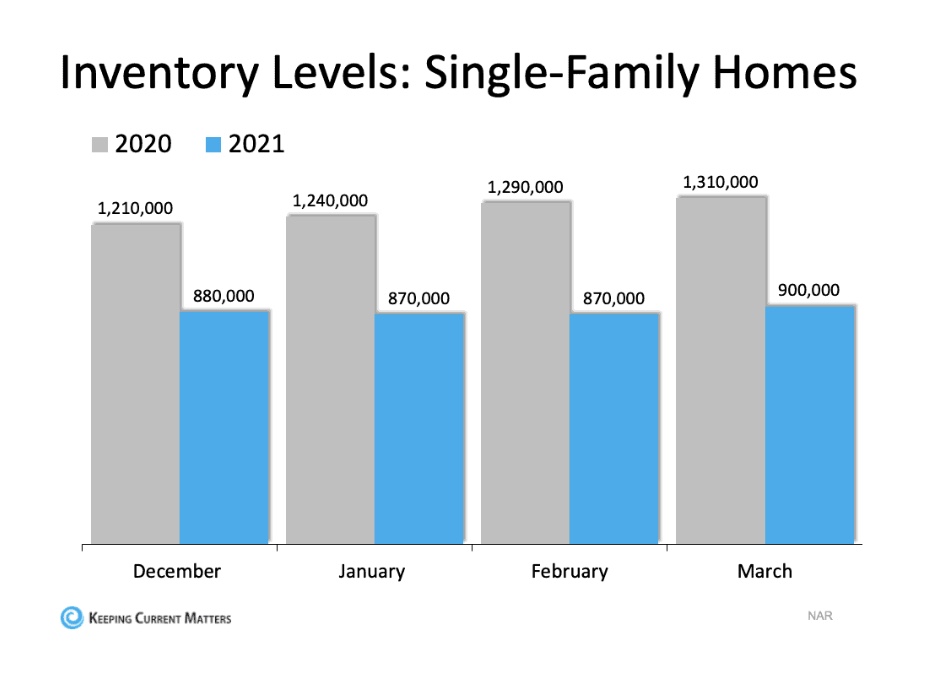

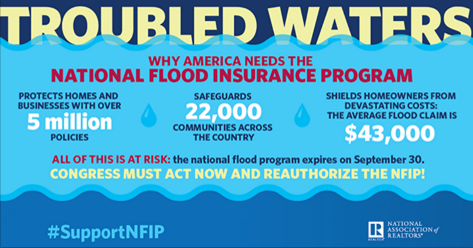















 To buy vs. rent
To buy vs. rent
 2011 is going to be an exciting year for our local real estate market. During the fourth quarter of 2010, our residential market showed significant signs of improvement over year-end 2009. This is an extraordinary sign that the market is stabilizing which will offer many potential homeowners and REALTORS® reason to continue being optimistic heading into the rest of this year.
2011 is going to be an exciting year for our local real estate market. During the fourth quarter of 2010, our residential market showed significant signs of improvement over year-end 2009. This is an extraordinary sign that the market is stabilizing which will offer many potential homeowners and REALTORS® reason to continue being optimistic heading into the rest of this year.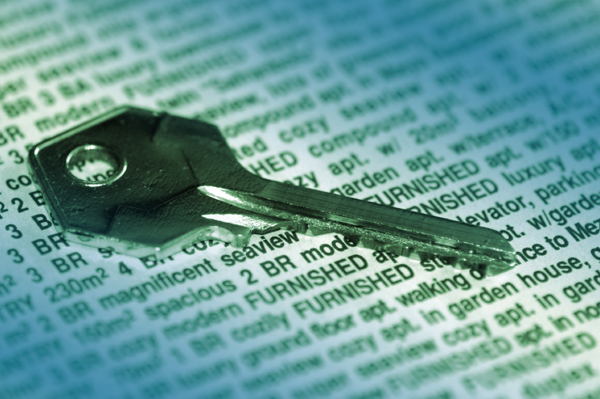 Among the findings of NAR’s “American Attitudes About Homeownership” survey:
Among the findings of NAR’s “American Attitudes About Homeownership” survey:
 You may be a do-it-yourselfer with the small stuff, but more complex home improvement usually calls for a pro. In hiring a contractor, these 6 tips could help ensure you’re happy with the results:
You may be a do-it-yourselfer with the small stuff, but more complex home improvement usually calls for a pro. In hiring a contractor, these 6 tips could help ensure you’re happy with the results: